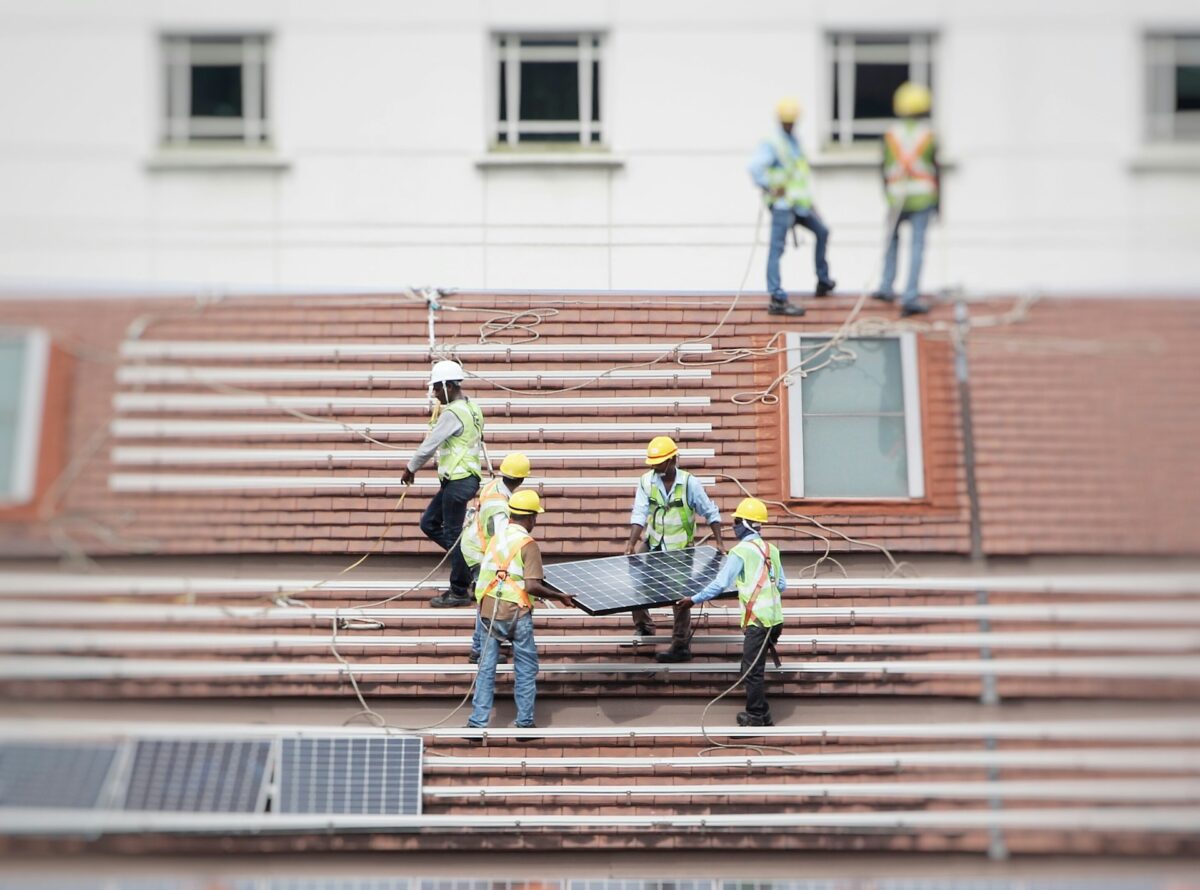
The New Delhi-based Council on Energy, Environment and Water (CEEW) has released a report analyzing how leading countries have advanced rooftop solar adoption.
The report “Global Perspective on Rooftop Solar Energy“ features a comparative analysis of rooftop solar development across nine of the ten top-performing countries in the world – China, Germany, the USA, Japan, Australia, Italy, Brazil, India and Vietnam. It notes Turkey was excluded due to a lack of public information.
It cites factors including policy and regulatory support, diverse and targeted financial mechanisms, innovative business models and technological advancements that reduced solar module costs as key factors that accelerated the adoption of rooftop solar in these countries.
The report offers a series of recommendations for scaling up rooftop solar deployment, split into five pillars; demand creation, policy measures, regulatory interventions, enabling ecosystem and infrastructure and data requirements.
It suggests countries raise consumer awareness with campaigns that implement a clear call to action, such as the Solarise campaign in the US or Whole County Programme in China. Consumer engagement can be further boosted through the development of online platforms, the report says, such as India’s national portal which offers consumers access to application information, financing options and training modules.
The recommendations add that innovative business models, such as Germany's tenant electricity model, can help unlock rooftop solar potential. Other innovative schemes mentioned include Germany’s balcony solar scheme and Australia’s energy cooperatives, small-scale technology certificate scheme.
Feed-in-Tariffs (FiT) are listed as another key method of supporting rooftop deployment. The report lists China, Italy, Japan and the US as countries that successfully implemented FiT schemes through a phased approach, then gradually reduced the FiT rate while ensuring market demand remains high. But it warns the policy failed in Vietnam, where a record 9 GW was installed in 2020 through a FiT scheme, due to a lack of a long-term policy framework, inadequate energy infrastructure and limited grid capacity.
Best practice examples of inclusive and affordable financing options featured in the report include Brazil’s PERS program, which offers credit at a 2% interest rate for low-income households, and Germany’s 100,000 roofs program which included financing with a low interest rate and a ten-year repayment period. The report also cites tax credit programs, such as the US federal tax credits and Italy’s Super Bonus Scheme, as financial incentives.
The report points towards net metering and net billing mechanisms to compensate for excess generation from rooftop solar systems, and says local-level permitting, as seen from the SolarAPP+ in the US, can help significantly reduce the time required to process permits. The recommendations also suggest vendor rating programs, as seen in India and Australia, can help consumers differentiate and identify high-performing and trustworthy installers.
Other recommendations include introducing mandates for rooftop adoption, such as Vietnam’s plan to have half of its office buildings and homes powered by rooftop systems by 2030. Meanwhile, national and state-level electricity regulators are advised to periodically introduce, amend, and adopt enabling regulations.
Countries also need to ensure grid connectivity and distribution planning is regularly assessed to avoid issues such as curtailment, the report says, and adds the availability of granular and periodic data is critical to informed development.
The report concludes by saying country-level analysis shows “there is no one-size-fits-all approach for the acceleration of rooftop solar”, and instead calls on implementation agencies to tailor recommendations based on their national and sub-national context.
Last year, the CEEW estimated India’s residential rooftop solar potential at 637 GW.